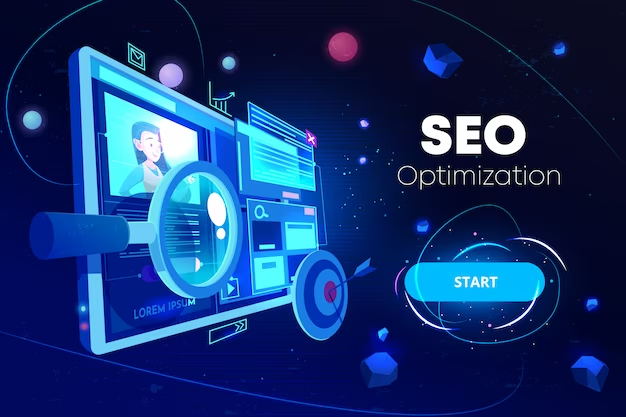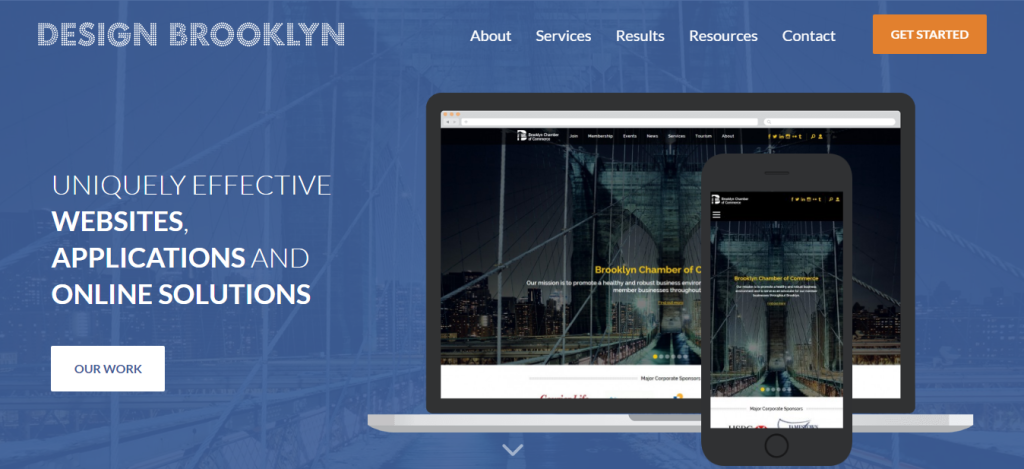Product marketing is the process of planning, creating, and delivering the right message to the right audience at the right time, to promote and sell your product. Product marketing is essential for launching and growing your product, as it helps you to:
- Understand your market, your customers, and your competitors
- Define your value proposition, your positioning, and your differentiation
- Develop your product strategy, your go-to-market strategy, and your launch plan
- Create your product messaging, your branding, and your content
- Distribute your product, your marketing campaigns, and your channels
- Measure your product performance, your marketing results, and your customer feedback
However, product marketing is not a simple or easy task. It requires a lot of skills, knowledge, and experience to create and execute a successful product marketing strategy. That’s why you need to use product marketing templates.
Product marketing templates are ready-made documents, tools, and frameworks that help you plan, create, and execute your product marketing activities. These templates save you time, money, and effort, and help you avoid common mistakes and pitfalls.
They also help you to organize your product marketing information, communicate your product marketing vision, and collaborate with your product marketing team.
But how do you use a marketing template to launch and grow your product? Here are some tips and best practices that you can follow to launch and grow your product.
Choose the Right Product Marketing Templates for Your Product

The first step is to choose the right product marketing templates for your product. You need to select the one that matches your product type, your product stage, and your product goals. You also need to consider your budget, resources, and timeline for your product marketing activities.
Some of the common ones that you can use for your product are:
Product Marketing Plan Template
A product marketing plan template helps you to outline your product marketing strategy, your product marketing objectives, and your product marketing tactics.
A product marketing plan template helps you to align your product marketing activities with your product vision and business goals.
Product Launch Checklist Template
A product launch checklist template helps you to prepare and execute your product launch plan, your product launch activities, and your product launch timeline.
A product launch checklist template helps you to ensure that you have covered all the essential steps and tasks for your product launch.
Product Messaging Template
A product messaging template helps you to create and refine your product messaging, your product value proposition, and your product positioning.
A product messaging template helps you to communicate your product benefits and features to your target audience and persuade them to buy your product.
Product Content Calendar Template
A product content calendar template helps you to plan, create, and schedule your product content, your product marketing campaigns, and your product marketing channels.
A product content calendar template helps you to deliver your product message to your audience at the right time and place.
Product Marketing Dashboard Template
A product marketing dashboard template helps you to track, measure, and analyze your product performance, your product marketing results, and your product marketing metrics.
A product marketing dashboard template helps you to evaluate your product marketing effectiveness and impact and optimize your product marketing strategy.
Customize Your Product Marketing Templates to Fit Your Product
The second step is to customize your templates to fit your product. You need to adapt and modify your templates to suit your product needs, your product characteristics, and your product audience. You also need to update and revise your marketing templates as your product evolves and grows.
Some of the ways that you can customize them are:
- Add your product name, your product logo, and your product branding to your templates.
- Incorporate your product information, your product data, and your product research.
- Add your product goals, your product metrics, and your product targets.
- Adjoin your product messaging, your product content, and your product visuals.
- Attach your product feedback, your product insights, and your product recommendations.
Use Your Product Marketing Templates to Execute Your Product Marketing Strategy
The third and final step is to use your product marketing templates to execute your product marketing strategy. You need to use your templates as a guide and a reference for your product marketing activities.
You also need to use your product marketing templates as a tool and a resource for your product marketing team.
Some of the ways that you can use your marketing templates are:
- Use your product marketing plan template to plan and execute your product marketing strategy, your product marketing objectives, and your product marketing tactics.
- Utilize your product launch checklist template to prepare and execute your product launch plan, your product launch activities, and your product launch timeline.
- Use your product messaging template to create and refine your product messaging, your product value proposition, and your product positioning.
- Put to use your product content calendar template to plan, create, and schedule your product content, your product marketing campaigns, and your product marketing channels.
- Emply your product marketing dashboard template to track, measure, and analyze your product performance, your product marketing results, and your product marketing metrics.
Final Words
Using product marketing templates is a smart and effective way to launch and grow your product. By using them, you can save time, money, and effort, and avoid common mistakes and pitfalls.
You can also organize your product marketing information, communicate your product marketing vision, and collaborate with your product marketing team.
If you need professional help with creating or using product marketing templates, you can always contact us. A plus point we also offer exceptional yet affordable web design services. We are a team of experienced and skilled web designers with vast experience in this field.
Whether you need a new website, a redesign, or a product update, we can help you with your product marketing needs. Contact us today and let the magic begin!
































